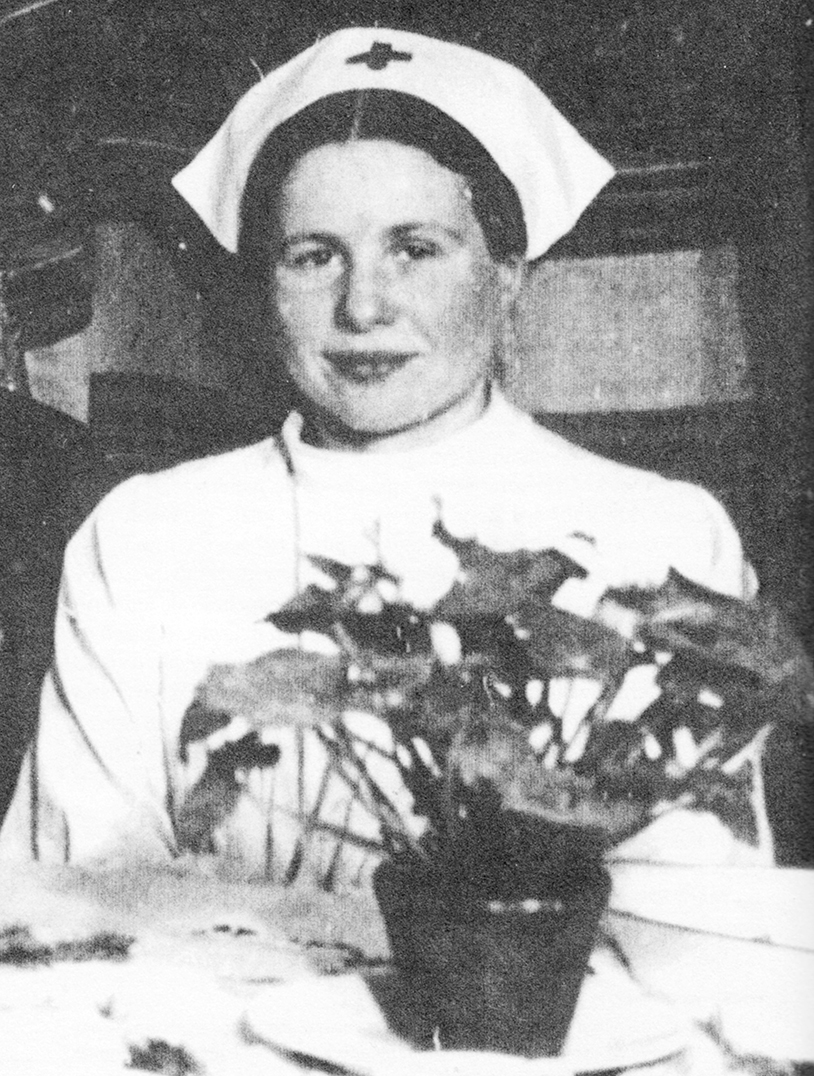The space between

The Power of Stories Series
Jewish Family Education
With Candace R. Kwiatek, The Dayton Jewish Observer
Jerusalem’s tzadik. Early in the 20th century, the young Lithuanian rabbi, Aryeh Levin, arrived in Jerusalem. There he studied and taught Torah, visited the sick, comforted the bereaved, and visited Jewish dissidents imprisoned by the British. Humble, kind, and willing to extend himself to anyone in need, he was loved by the religious and the secular alike and came to be known as the Tzadik (righteous one) of Jerusalem.
To create a peaceful Shabbat experience for his entire neighborhood situated outside the city walls, he persuaded all the local shopkeepers to close their stores for Shabbat — all but one.
So one Friday eve, Rabbi Levin headed not to synagogue but to the shopkeeper’s store. Surprising the owner with a “Shabbat shalom,” the rabbi asked to rest in the store for a bit. After watching endless people come in for food and other items, he quietly left.
After Shabbat, the tzadik visited the puzzled shopkeeper to explain.
“Many times I have asked you to close your store on Shabbat. But I wanted to understand for myself — to see and feel with my heart — what I was asking you to give up. And I now realize how difficult it would be for you. Now that I truly understand, I can’t and won’t ask you to close your store on Shabbat.”
The next Friday night, and all the following Friday nights, all of the stores in the rabbi’s Jerusalem neighborhood were closed for Shabbat. Every one.
Like Moses, described in the Torah as “very humble,” Rabbi Levin was known for his humility. But Judaism does not define humility, anavah, in the typical manner as meek or submissive.
“It does not mean holding yourself low; it means holding other people high,” explains Rabbi Jonathan Sacks. “It means honoring others and regarding them as important, no less important than you are.”
Rabbi David Jaffe suggests humility emerges between personality extremes. “True humility occupies a middle space between self-deprecation and arrogance.”
The focus of either extreme is not on others nor on the relationship between oneself and others, but solely on the self, “either a ‘woe is me’ mentality or illusions of personal grandeur,” explains Jewish educator Kate Hennessey. “But true humility calls for us to fill the space we are called to fill.”
There are times when we are called to fill a significant space and other times when we are called to step back and allow space for others.
Moses was called to fill more space when facing Pharaoh and less when listening to Jethro’s advice to delegate.
Rabbi Levin was called to fill more space when persuading the shopkeepers and less when observing the shopkeeper’s store.
Rabbi Jeffery Saxe concludes, “Humility is about having a clear vision of where we fit into the events taking place around us; of how we can be most helpful in achieving a worthy outcome; and of when to remind ourselves that it is not about us.”
How do the individuals in the these stories illustrate Jewish views of humility? What spaces are they called to fill?
Two houses. For three years, Beit Shammai (the house or followers of Shammai) and Beit Hillel disagreed on the proper understanding and application of laws in the Torah. Each side would argue that the halacha (Jewish law) was in accordance with their position.
Finally, a Heavenly Voice proclaimed that both sides’ arguments accorded with God’s Word. However, the halacha would follow the position of Beit Hillel, because the followers of Hillel were agreeable, considerate, and restrained when provoked. Furthermore, when teaching, they not only taught the arguments of both sides, but they presented the arguments of Beit Shammai before their own out of respect for Beit Shammai.
Lives in a jar. During World War II, Polish social worker Irena Sendlerowa was permitted to enter every Warsaw neighborhood. While inside the ghetto, she used her position to smuggle out Jewish children, provide them with false papers, and place them with Polish families, orphanages or convents.
Her careful records, written on small slips of paper hidden in jars buried in a nearby garden prove she saved nearly 2,500 children from certain death.
Arrested, brutally tortured by the Gestapo, and condemned to death, she was rescued moments before her execution. She assumed a false identity and continued to help underground rescue operations while remaining out of sight for the remainder of the war.
In 2007, when finally honored by the Polish government, she didn’t relish the accolades but rather shared her regrets about not accomplishing more.
When reporters pressed her for a comment about being a hero, Sendlerowa responded, “Every child saved with my help and the help of all the wonderful secret messengers…is the justification of my existence on this Earth, and not a title to glory.”

The mountains. Before God gave the Torah to Israel, each of the mountains offered arguments for why it would be the perfect site for the revelation. Mt. Tabor claimed it was higher than all the other mountains, untouched by the Flood. Mt. Carmel bragged it was used for crossing the sea. Another, adorned with magnificent wildflowers, proclaimed its regal beauty.
Only one neither boasted about its qualities nor denied its worth, and for its humility God chose Mt. Sinai.
An essential trait for serving God and one another, humility is filling just the space we are called to fill in the moment, the space between the Talmud’s dictum, “I am but dust and ashes” and “The entire world was created just for me.”
Literature to share
Soosie, The Horse That Saved Shabbat by Tami Lehman-Wilzig. Welcome to Jerusalem in the early 20th century, where two elderly bakers braid dough before dawn every Friday. The challah is then sold along the cobblestone streets of the city by a delivery boy and a devoted horse, Soosie, who pulls the cart. But what happens when the Friday morning routine is thrown into disarray? Will Soosie save the day? Inspired by the story of Israel’s famed Angel Bakery, this charming tale with its colorful, inviting images is guaranteed to delight preschool and primary ages.
To read the complete June 2022 Dayton Jewish Observer, click here.



